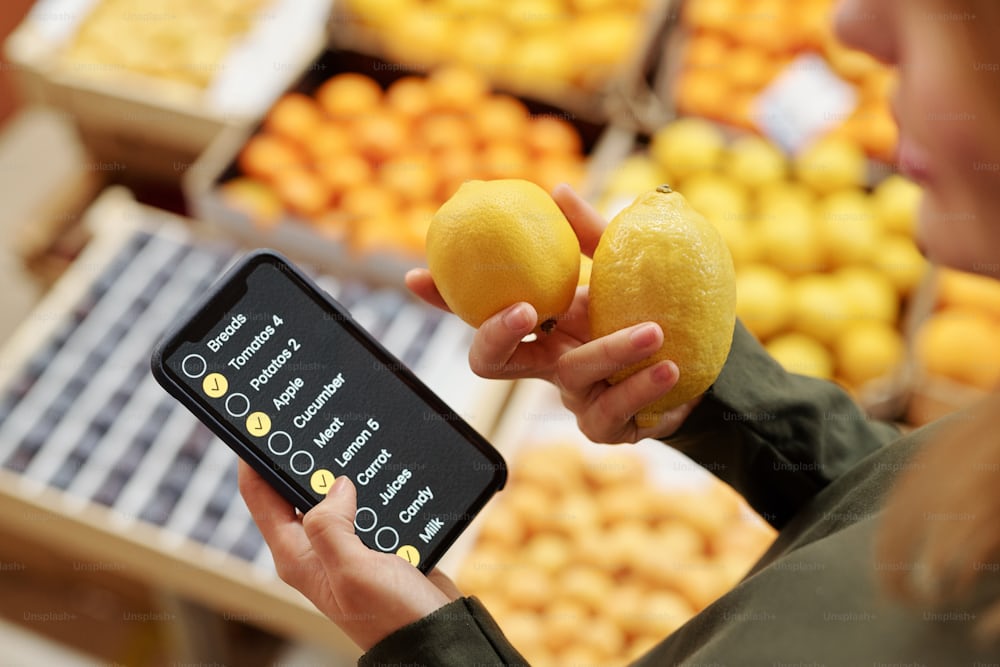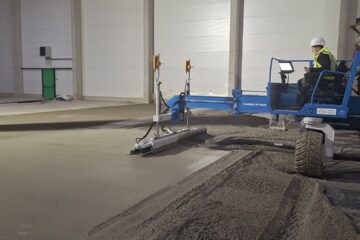In today’s fast-paced world, food delivery apps have revolutionized the way we order and enjoy our favorite meals. With the touch of a button, we can have delicious food delivered right to our doorstep. If you’re an entrepreneur or business looking to enter the food delivery market, this comprehensive guide to food delivery app development will provide you with all the essential insights and tips to get started.
Understanding the Food Delivery App Market
Before diving into food delivery app development, it’s crucial to understand the market landscape. The food delivery industry has witnessed exponential growth in recent years, driven by the increasing demand for convenience and variety. Major players like UberEats, Grubhub, and DoorDash have set high standards, but there’s still room for innovation and niche markets.
Market Trends
- Increased Demand: The demand for food delivery services surged during the COVID-19 pandemic and has remained high.
- Diverse Cuisines: Consumers are seeking diverse and international cuisines, opening opportunities for niche food delivery apps.
- Subscription Models: Subscription-based models for regular customers are gaining popularity.
- Sustainability: Eco-friendly packaging and delivery options are becoming more important to consumers.
Key Players
Understanding the key players and their strategies can provide valuable insights. Companies like UberEats focus on partnerships with local restaurants, while others like DoorDash offer innovative logistics solutions. Analyze their strengths and weaknesses to carve out your unique value proposition.
Essential Features of a Food Delivery App
To build a successful food delivery app, you need to incorporate essential features that meet user expectations and enhance their experience.
User Panel Features
- Easy Registration and Login: Simplified sign-up options using email, phone numbers, or social media accounts.
- Restaurant Listings: A comprehensive list of available restaurants with search and filter options.
- Real-time Tracking: Allow users to track their orders in real-time from preparation to delivery.
- Multiple Payment Options: Secure and diverse payment methods including credit cards, digital wallets, and COD.
- Reviews and Ratings: Users should be able to rate their experience and provide feedback.
- Order History: A detailed order history for easy reordering and tracking.
Restaurant Panel Features
- Order Management: Efficient tools for managing incoming orders and updating their status.
- Menu Management: Easy-to-use interface for updating menu items, prices, and availability.
- Analytics and Reports: Insights into sales, popular items, and customer preferences.
- Customer Communication: Direct communication with customers for special requests or order updates.
Delivery Panel Features
- Route Optimization: GPS integration for optimal route planning and timely deliveries.
- Delivery Status Update: Real-time updates on order status for both customers and restaurants.
- Earnings and Performance: Detailed earnings reports and performance metrics.
Steps to Develop a Food Delivery App
Developing a food delivery app involves several critical steps. Each phase requires careful planning and execution to ensure a seamless user experience.
Market Research and Planning
Conduct thorough market research to understand your target audience, competitors, and market trends. Identify your unique selling proposition (USP) and define your business model, whether it’s a marketplace model, a restaurant-owned model, or a logistics-focused model.
Define Features and Functionality
Based on your research, define the core features and functionality of your app. Create a detailed requirements document that outlines all the user stories and technical specifications.
Choose the Right Technology Stack
Selecting the appropriate technology stack is crucial for the performance and scalability of your app. Commonly used technologies include:
- Frontend: React Native or Flutter for cross-platform development.
- Backend: Node.js or Ruby on Rails for server-side logic.
- Database: MongoDB or PostgreSQL for data storage.
- APIs: Integrate third-party APIs for payments, maps, and notifications.
Design UI/UX
User experience is a critical factor in the success of your app. Invest in intuitive and attractive UI/UX design to ensure users find the app easy to navigate and visually appea
Development
Divide the development process into sprints and follow agile methodologies to ensure timely and efficient progress. Focus on building a Minimum Viable Product (MVP) first to test your concept and gather feedback.
Testing and Quality Assurance
Rigorous testing is essential to identify and fix bugs and ensure the app runs smoothly. Conduct various tests, including unit testing, integration testing, and user acceptance testing.
Launch and Marketing
Once the app is thoroughly tested, prepare for launch. Develop a marketing strategy to promote your app through social media, SEO, influencer partnerships, and online ads.
Post-launch Support and Maintenance
Post-launch, provide continuous support and updates to keep your app running smoothly. Gather user feedback to implement new features and improvements.
Challenges in Food Delivery App Development
While developing a food delivery app offers significant opportunities, it also comes with challenges.
Competition
The food delivery market is highly competitive. To stand out, focus on offering unique features, excellent customer service, and strategic partnerships.
Logistics
Efficient logistics and delivery management are crucial for customer satisfaction. Invest in robust logistics software and reliable delivery personnel.
Technology
Staying updated with the latest technology trends and integrating advanced features like AI-based recommendations and voice ordering can give your app an edge.
Regulation and Compliance
Ensure your app complies with local regulations regarding food safety, delivery practices, and data privacy.
Monetization Strategies for Food Delivery Apps
To make your food delivery app profitable, consider various monetization strategies.
Commission-based Model
Charge a commission fee from restaurants for each order placed through your app. This is the most common monetization strategy.
Delivery Charges
Add a delivery fee for each order. You can offer free delivery for orders above a certain amount or during promotional periods.
Subscription Plans
Offer subscription plans for regular users with benefits like free delivery, exclusive discounts, and priority customer support.
Advertising
Allow restaurants to advertise on your platform for increased visibility. You can also partner with brands for in-app advertisements.
Partnerships
Collaborate with local businesses, grocery stores, and beverage companies to expand your offerings and generate additional revenue streams.
Future Trends in Food Delivery App Development
Staying ahead of trends is crucial in the ever-evolving food delivery market. Here are some trends to watch out for:
AI and Machine Learning
AI and machine learning can enhance user experience by providing personalized recommendations, predicting order volumes, and optimizing delivery routes.
Voice Ordering
Integrating voice assistants like Siri, Alexa, and Google Assistant can make the ordering process even more convenient for users.
Drones and Robots
While still in the experimental stage, drones and robots have the potential to revolutionize food delivery by reducing delivery times and costs.
Sustainable Practices
As consumers become more environmentally conscious, offering sustainable packaging and eco-friendly delivery options can set your app apart.
Ghost Kitchens
Ghost kitchens, or delivery-only restaurants, are on the rise. Partnering with these kitchens can reduce costs and offer a wider variety of cuisines to your customers.
FAQs:
What is the cost of developing a food delivery app?
The cost of developing a food delivery app depends on various factors such as the complexity of features, technology stack, and development team’s location. On average, it can range from $30,000 to $150,000.
How long does it take to develop a food delivery app?
The development timeline varies based on the app’s complexity and the development process. Typically, it can take anywhere from 3 to 9 months to develop a fully functional food delivery app.
How can I ensure the security of my food delivery app?
Ensure your app follows best practices for data security, including encryption, secure payment gateways, regular security audits, and compliance with data protection regulations.
What are the key features to include in a food delivery app?
Key features include user registration, restaurant listings, real-time tracking, multiple payment options, reviews and ratings, order history, order management, route optimization, and analytics.
How can I market my food delivery app effectively?
Effective marketing strategies include social media promotion, influencer partnerships, SEO optimization, online ads, and offering promotional discounts and referral programs.
Developing a food delivery app can be a rewarding venture with the right planning, execution, and innovation. By understanding market trends, incorporating essential features, and staying ahead of technological advancements, you can create a successful food delivery app that meets the needs of today’s consumers. Happy developing!
Keep an eye for more news & updates on DiscoverTribune.Org!




